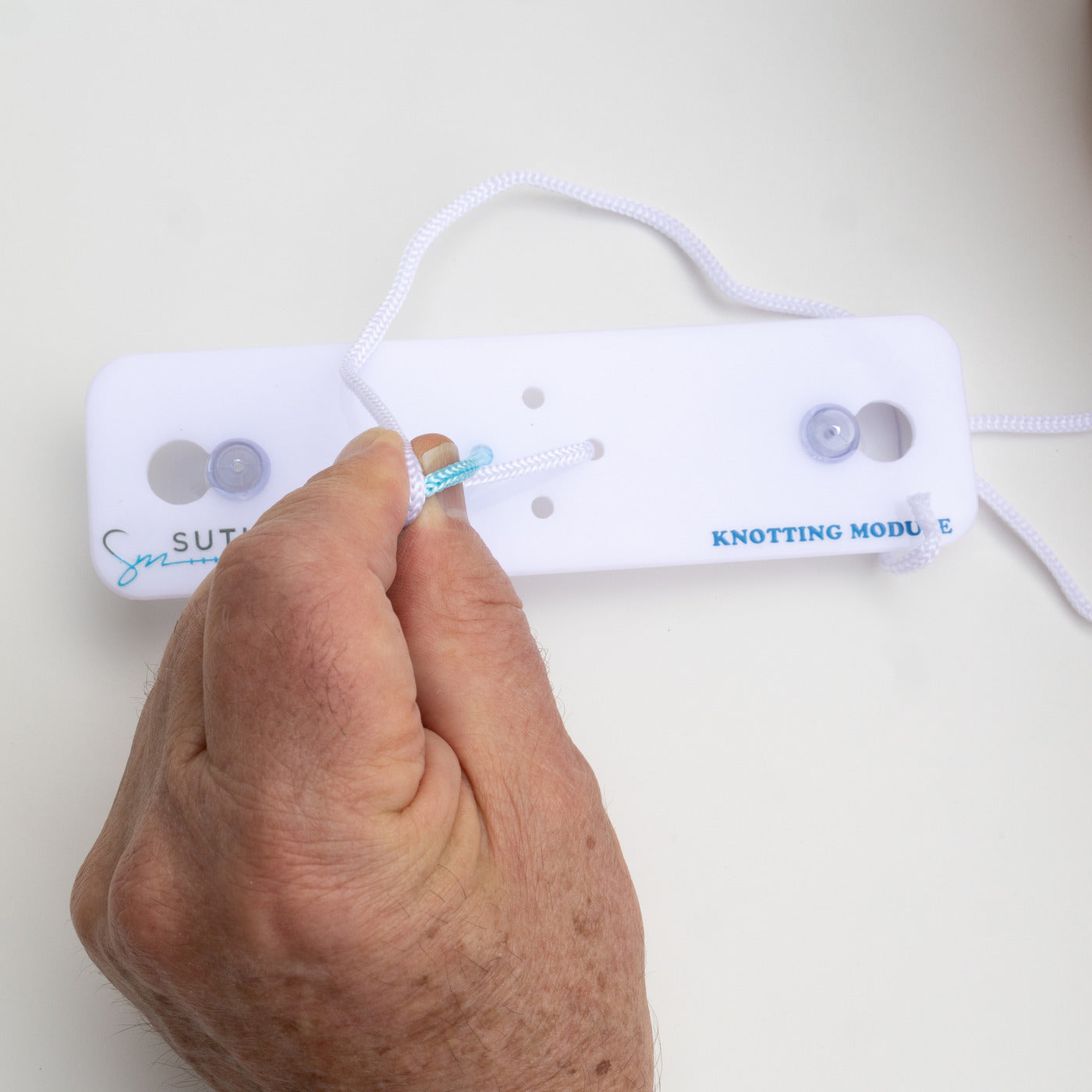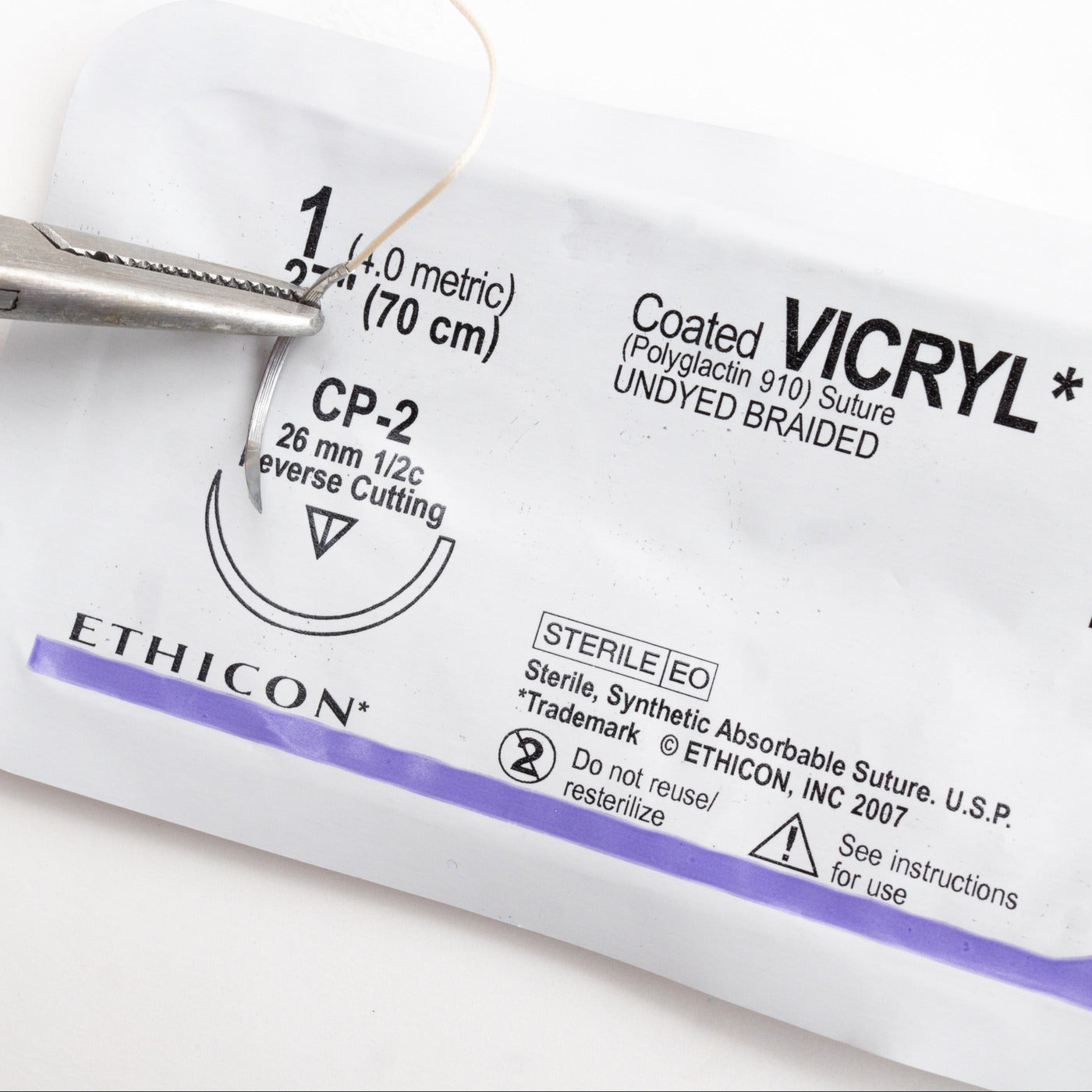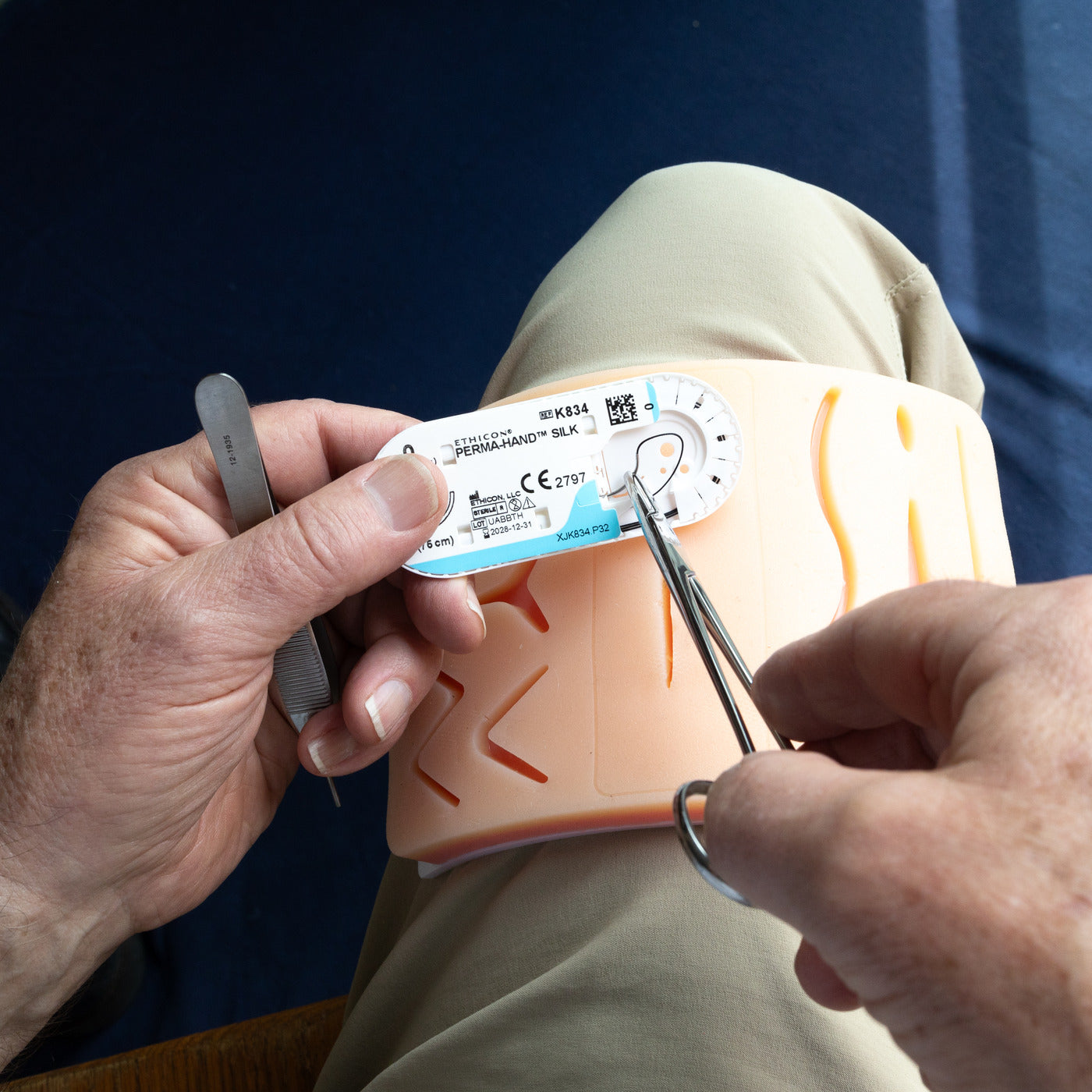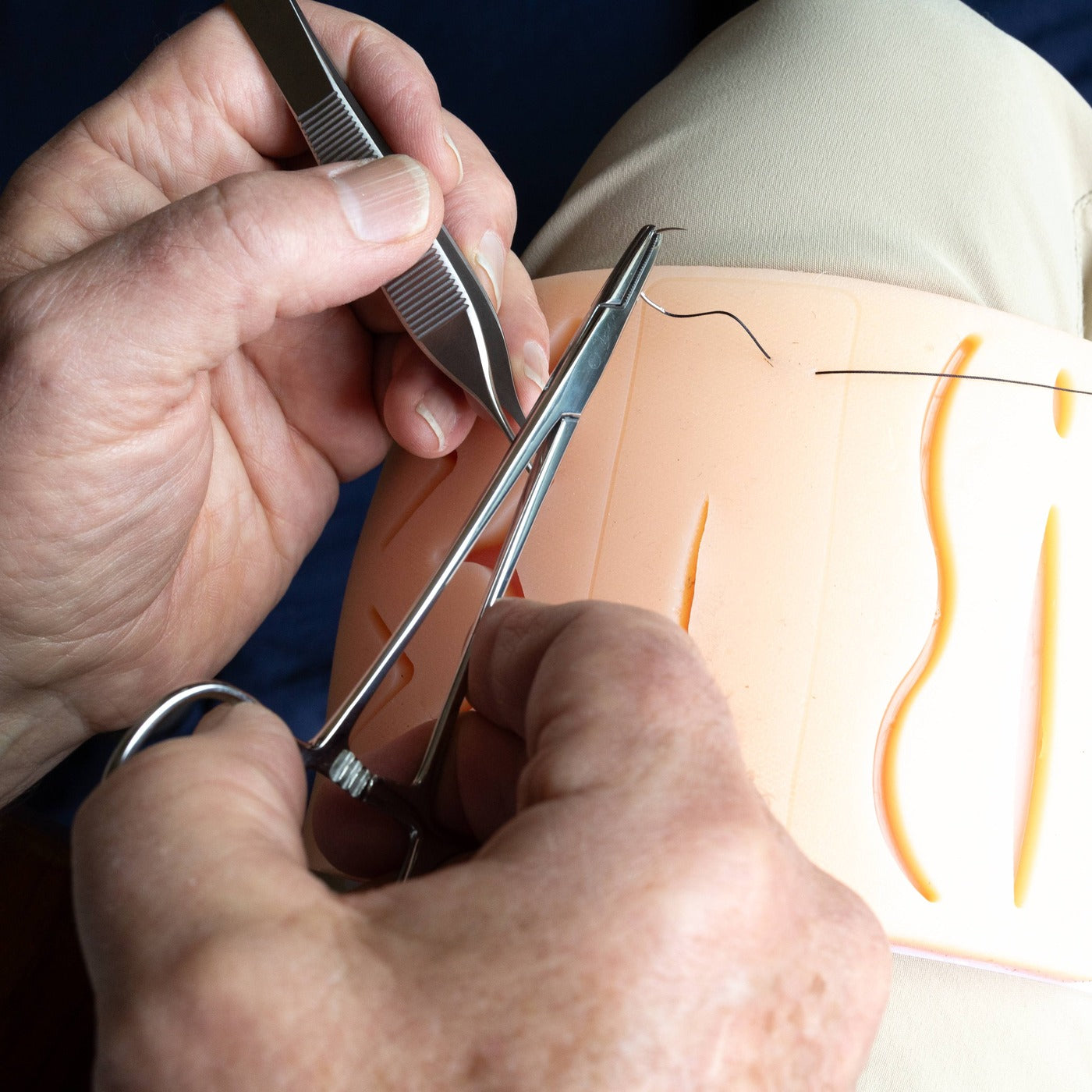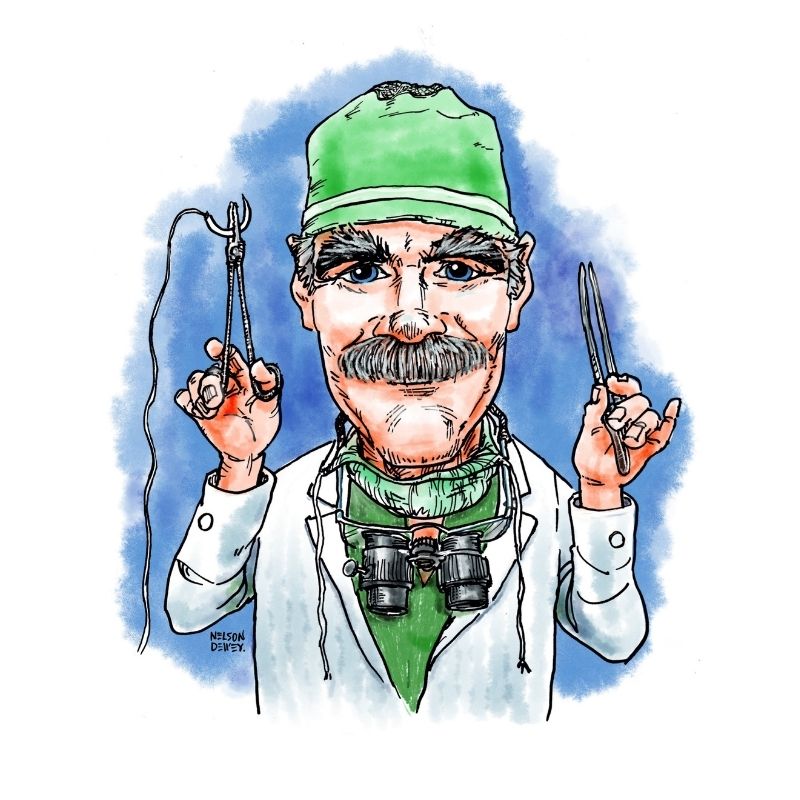
Suture Course
Master the art of suturing in just 7 days with our Suturing Course, a hands-on, practical online course created by plastic surgeon and educator Dr. David Naysmith. Whether you're just starting out or brushing up on technique, this 7-day program guides you step-by-step through the essential techniques of knot tying, instrument handling, wound closure, and complex sutures.
Each day builds on the last, reinforcing your skills and boosting your confidence through video demonstrations, expert tips, and daily challenges. From simple interrupted sutures to vertical mattresses, deep wound closure, and suture removal, you’ll finish the course feeling confident, competent, and ready to suture in real clinical scenarios.
The course pairs perfectly with our Patented Suture Practice Kit, offering a complete system for skill-building at home on your schedule. The kit is sold separately.

Who This Course Is For
This course is ideal for medical, nursing, and PA students, residents, family physicians, veterinarians, and anyone looking to learn or refresh their suturing skills. It’s also a great resource for educators or student leaders seeking a structured, practical approach to teaching suturing. No matter your background or level of experience, Suturing in 7 offers a practical, confidence-building path to suturing competence.
Suture in 7 Course Breakdown


